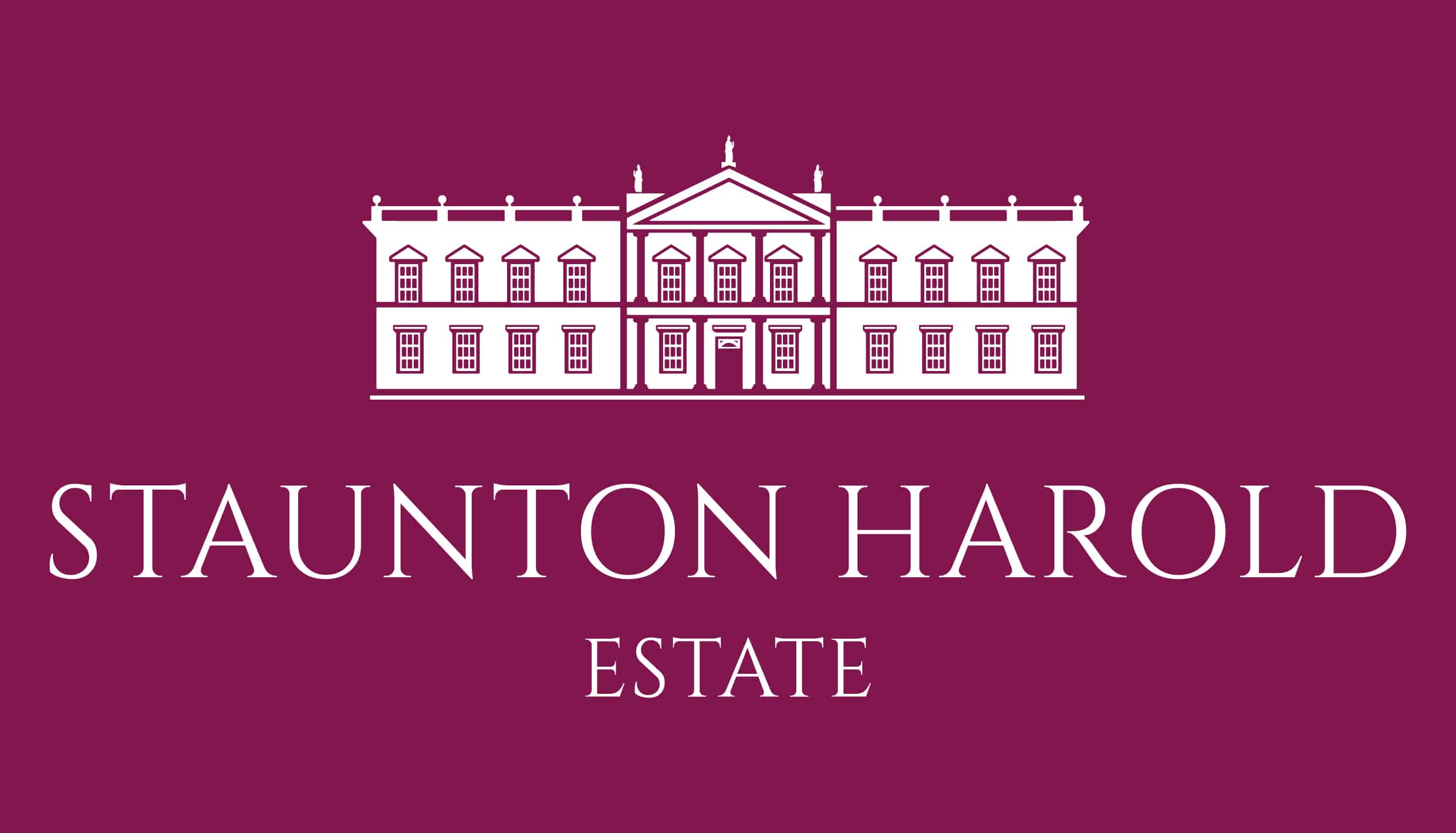Many readers will know of this estate’s forestry interests, in which connection I have been a long-standing member of the British Forestry Society. Some months ago I joined an expedition to Albania to study work they are doing there to re-establish the elm trees.
Elm is Albania’s national tree, and important commercially for the products they derive from it, particularly treen, which is exported worldwide. As in England the tree was virtually wiped out by Dutch Elm disease, and experiments to replace it began thirty eight years ago. Our group was amazed and encouraged by what we saw.
Several methods looked promising, through some used sub-species, which may not suit our conditions. The most intriguing however involved the Prostrate Elm, ulmus horizontalis, which most nearly matches our English Elm in leaf form and timber qualities.
The technique relies on the fact that the beetle which carried the disease flies at fifteen feet (four and a half metres in new money). This is well known and explains why our hedgerow elms are still thriving. The Albanians plant their trees on the hillsides, with the trunk pointing uphill and staying close to the ground. Branches are kept below the danger level by specially adapted hedge cutters, used bi-annually. Girth is rapidly attained, and the timber is already being harvested commercially.
We dined off platters made from these trees and learned of the method’s enthusiastic take-up throughout the world. Several members, including myself, returned with saplings which, after quarantine, have been planted on suitable sloping sites. They will feature in forestry tours being organised in the Midlands region later in the year.
